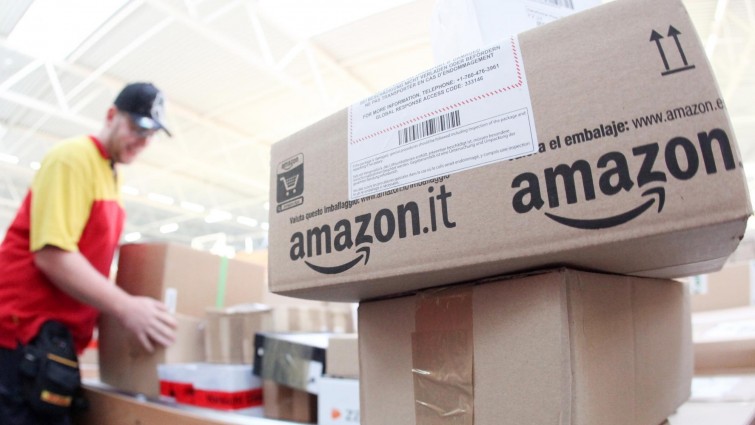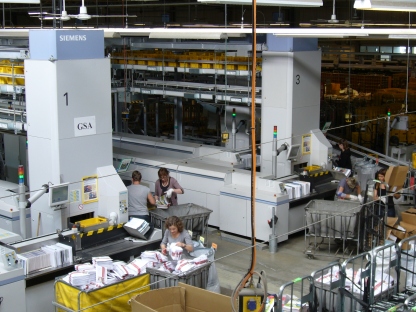At the beginning of class, Jose told us that logistic is often associated with “non-adding-value” activities. I was reflecting in what sense can this be changed, and the answer was quite clear: The magic word “Artificial Intelligence”.
AI bears a huge potential, which we still are not exploiting enough, since AI is in a development stage and the current apllication is quite unspectacular.
However, in the future prospect, AI stands to transform the logistics industry into a proactive, predictive, automated and personalized branch. With the help of AI, the logistics industry will shift its operating model from reactive actions to a proactive and predictive paradigm, which will generate better insights at favourable costs in back office, operational and customer-facing activities.
In my opinion especially the decision-making process during the time a product is shipped will be possible and allow us to add value during this process. The following aims to provide an example on that idea:
AI as Decision Support System
The Supply Chain of Fresh Food

Let’s assume:
- We deliver oranges from Valencia to Frankfurt
- Our truck needs 3 days in order to drive more than 1.600 km
- We have some quality determinants of our product = The shelf life: Influenced by humidity and temperature
- SUDDENLY our truck ends up in a traffic jam, the delivery has delay!
→ Net present value (NPV) of cargo decreases
→ Threat to deliver rotten products (we may have more rotten products than agreed on in the contract)
Solution: AI as Decision Support System
- Use of smart devices in the trucks: Sensors which make use of IoT, they constantly measure the quality determinants and report the state. The IoT is providing us with alternatives.
- Make an investment decision: Search for closer markets OR renegotiate with existing customer in Frankfurt and provide them a discount of the cargo.




 The working area+carousel machine of letters and small parcels
The working area+carousel machine of letters and small parcels



